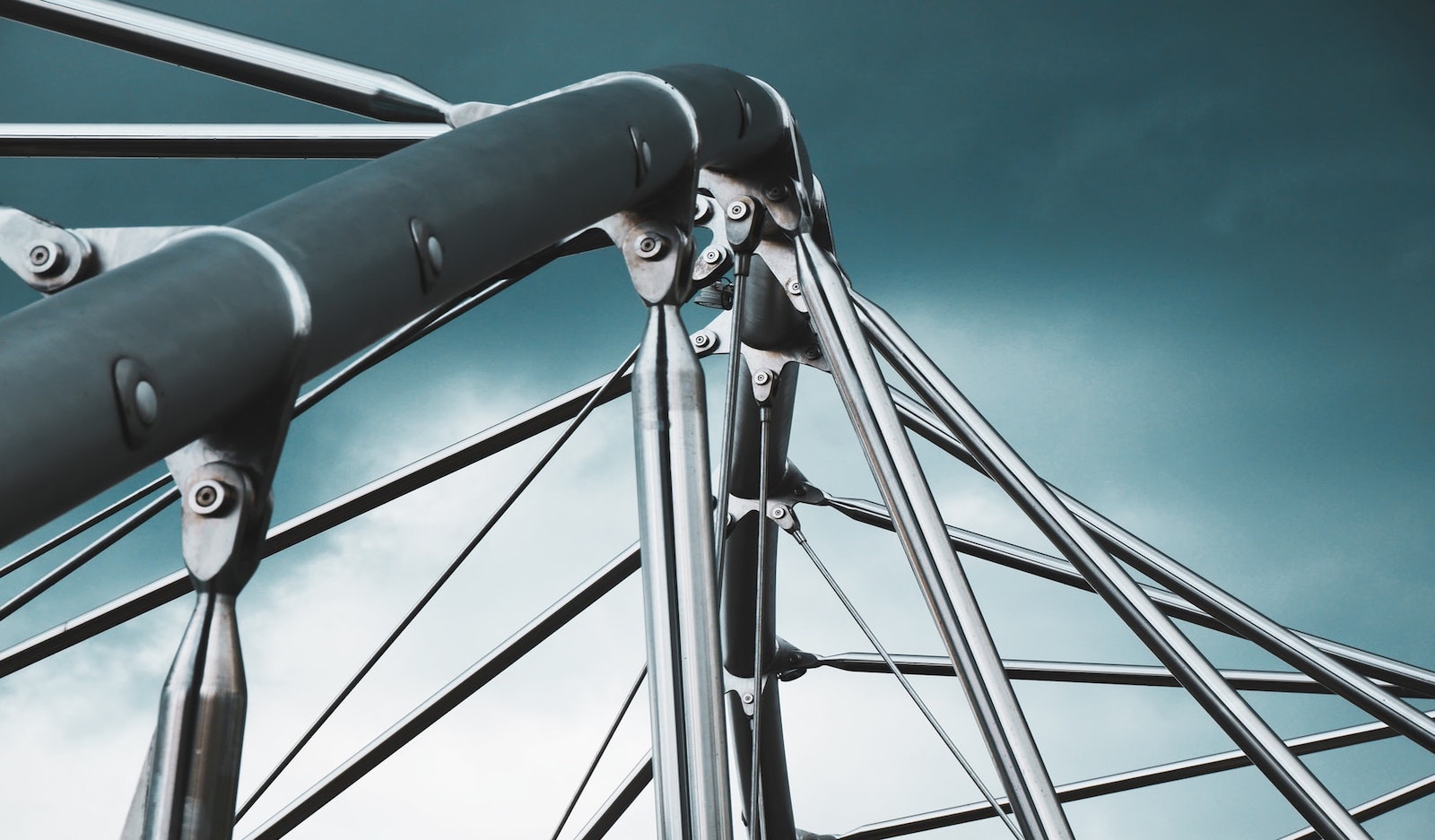Not many materials can compare with the strength, durability and versatility that you get from stainless steel, which is why it has become such a popular material across residential, industrial, commercial and retail sectors all over the world.

The attractive and hygienic surface of stainless steel products will require some level of maintenance to avoid stains, discolouration or griminess. Read our cleaning guide to find out how to best look after stainless steel.
| Problem | Cleaning Agent | Notes |
| Rust and other corrosion products. Embedded or adhering “free iron”. |
Very light rust stains can be removed by 10% nitric acid. More significant rust or embedded iron will require pickling. See also previous sections on Passivating and Pickling. Sand or glass-bead blasting is another option.
|
Wear PPE as appropriate. Afterwards rinse well with clean water. Mix in acidproof container, and be very careful with the acid. (see Precautions for acid cleaners) |
| Routine cleaning of boat fittings. |
Frequent washing down with fresh water.
|
Recommended after each time the boat is used in salt water. |
| Cooking pot boiled dry. | Remove burnt food by soaking in hot water with detergent, baking soda or ammonia.
|
Afterwards clean and polish, with a mild abrasive if necessary. See comments re steel wool. |
| Dark oxide from welding or heat treatment. | “Pickling Paste” or pickling solutions given on previous page.
|
Must be carefully rinsed, and use care in handling |
| Scratches on polished (satin or brushed) finish. | Slight scratches – use impregnated nylon pads. Polish with polishing wheel dressed with iron-free abrasives for deeper scratches. Follow polish lines. Then clean with soap or detergent as for routine cleaning.
|
Do not use ordinary steel wool – iron particles can become embedded in stainless steel and cause further surface problems. Stainless steel and “Scotchbrite” scouring pads are satisfactory. |
| Routine cleaning All finishes | Soap or mild detergent and water. (preferably warm)
|
Sponge, rinse with clean water, wipe dry if necessary. Follow polish lines. |
| Fingerprints All finishes | Soap and warm water or organic solvent (eg acetone, alcohol, methylated spirits)
|
Rinse with clean water and wipe dry. Follow polish lines. |
| Stubborn stains and discolouration. All finishes. | Mild cleaning solutions. Ensure any proprietary cleaners state compatibility with stainless steel. Phosphoric acid cleaners may also be effective.
|
Use rag, sponge or fibre brush (soft nylon or natural bristle. An old toothbrush can be useful). Rinse well with clean water and wipe dry. Follow polish lines. |
| Lime deposits from hard water. |
Solution of one part vinegar to three parts water.
|
Soak in solution then brush to loosen. Rinse well with clean water. |
| Oil or grease marks. All finishes. | Organic solvents (eg. acetone, alcohol, methylated spirits, proprietary “safety solvents”). Baked-on grease can be softened beforehand with ammonia.
|
Clean after with soap and water, rinse with clean water and dry. Follow polish lines. |
Provided the grade, condition and surface finish were correctly selected for the particular service environment, fabrication and installation procedures were correct and that cleaning schedules are carried out regularly, good performance and long life will be achieved.
You can rest assured knowing that steel is the best choice, providing long-term, consistent performance. If you need quality steel that is fabricated to suit your unique needs, contact Steel Fabrication Services today. Our team of expert structural steel fabricators have the experience and knowledge to answer any of your questions and will ensure that you find the best solution to suit your needs. To contact us today, simply call, fax, email or drop by our Brookvale location.
(Table: Copyright © Atlas Specialty Metals 2006)